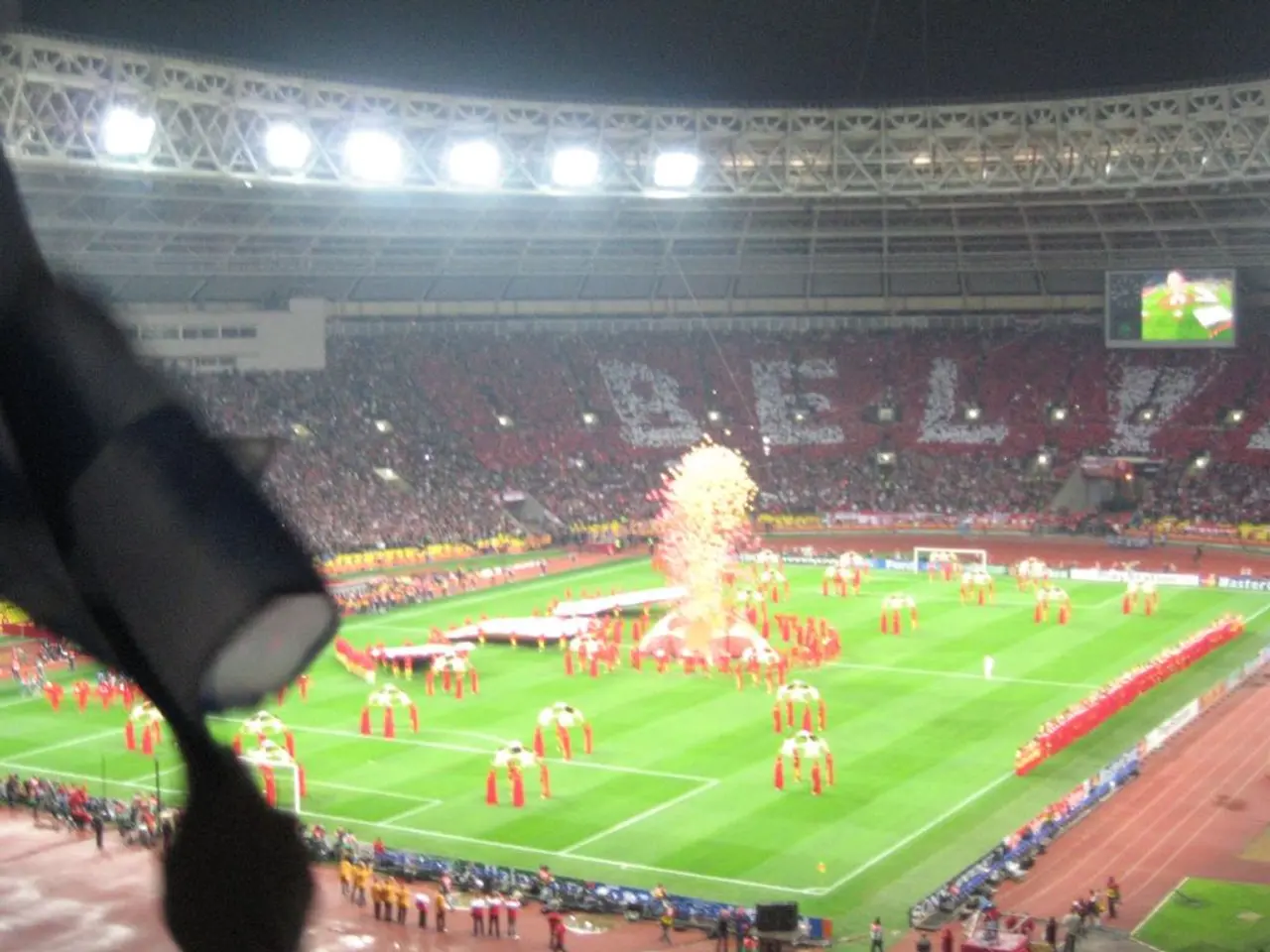Mastering Lightsaber Fighting: Authentic Techniques in Saber Duels Illuminated
In the realm of action-packed combat, lightsaber dueling has emerged as a captivating full-contact discipline that draws heavily from traditional sword arts and martial arts practices. This electrifying combat sport, born from the silver screen, has evolved into a legitimate, rule-based combat sport with real martial arts influence.
Lightsabers for dueling are specifically built for action, being weighted, durable, and engineered for speed. They are the weapons of choice for experienced lightsaber practitioners who fall into stylistic categories based on their training and fighting techniques. These categories include the Technical Duelist, Power Striker, Counter Artist, and Freestyler.
One such canonical lightsaber form is Makashi (Form II), influenced by precision, timing, and finesse techniques akin to classical fencing. Developed for elegant one-on-one dueling, Makashi emphasizes elegant, economical movements and blade control. Notable practitioners include Count Dooku and Asajj Ventress.
Ataru (Form IV), characterized by acrobatics and high-energy attacks, incorporates dynamic motion and spatial awareness, similar to martial arts focusing on agility and fluidity. Yoda, the master of Ataru, used jumps and relentless strikes often employing the environment for advantage.
Shii-Cho (Form I), the foundational style of the Jedi Order, emphasizes wide strikes and parries reflecting traditional sword fighting basics, akin to large sweeping motions seen in older European combat or kenjutsu.
Other forms like Soresu, Djem So, and Juyo incorporate defensive resilience, powerful strikes, and aggressive dueling principles, paralleling martial disciplines that focus on defense, counter-attacks, and aggressive swordsmanship.
Historical European Martial Arts (HEMA) is a noted real-world martial art that directly influences professional lightsaber combat practice today. HEMA contributes techniques such as pommel strikes, guards, and blade binds to the choreography and realistic handling of lightsabers, often leading to hybrid styles that blend brute strength with technical control.
To start lightsaber dueling, focus on technique before speed, choose the right gear, learn from others, and respect your partner. Good footwork is crucial, borrowing from boxing, fencing, and dance, with the goal of staying balanced, agile, and always ready to switch directions.
Fencing contributes quick footwork, thrust-based strikes, and timing to lightsaber dueling, adopting the concept of "right of way" with some creative modifications. Kendo offers a different flavor to lightsaber dueling, emphasizing explosive movement, controlled aggression, and broad, downward strikes.
Matches are typically point-based and judged by referees. Helmets, gloves, chest padding, and elbow guards are common in tournaments. The blades themselves are made from thick polycarbonate and designed to take hard hits.
Today, lightsaber dueling is a full-blown scene worldwide, with growing circuits in countries like France, the U.S., and the UK. Most cities have lightsaber clubs or martial arts studios offering intro classes. Modern lightsaber dueling gear looks like it came from a galaxy far, far away, but is built like serious sports equipment.
In summary, lightsaber dueling has outgrown its movie roots and offers a place for those interested in precision fencing or high-intensity kendo-inspired strikes. The best fighters blend multiple styles based on the match, adapting to the situation much like in MMA or boxing. Earn points for clean strikes to valid target zones like arms, legs, and torso, and may the Force be with you in your lightsaber dueling journey!
During a lightsaber duel, the acrobatic and high-energy techniques of Ataru (Form IV), reminiscent of martial arts focusing on agility and fluidity, can be compared to a captivating cosplay performance, filled with dynamic motion and spatial awareness.
In the realm of lightsaber combat, veterans of the sport often review forms like Makashi (Form II), which employs precision, timing, and finesse akin to a movie review of a gripping period drama, focusing on elegance and control.






